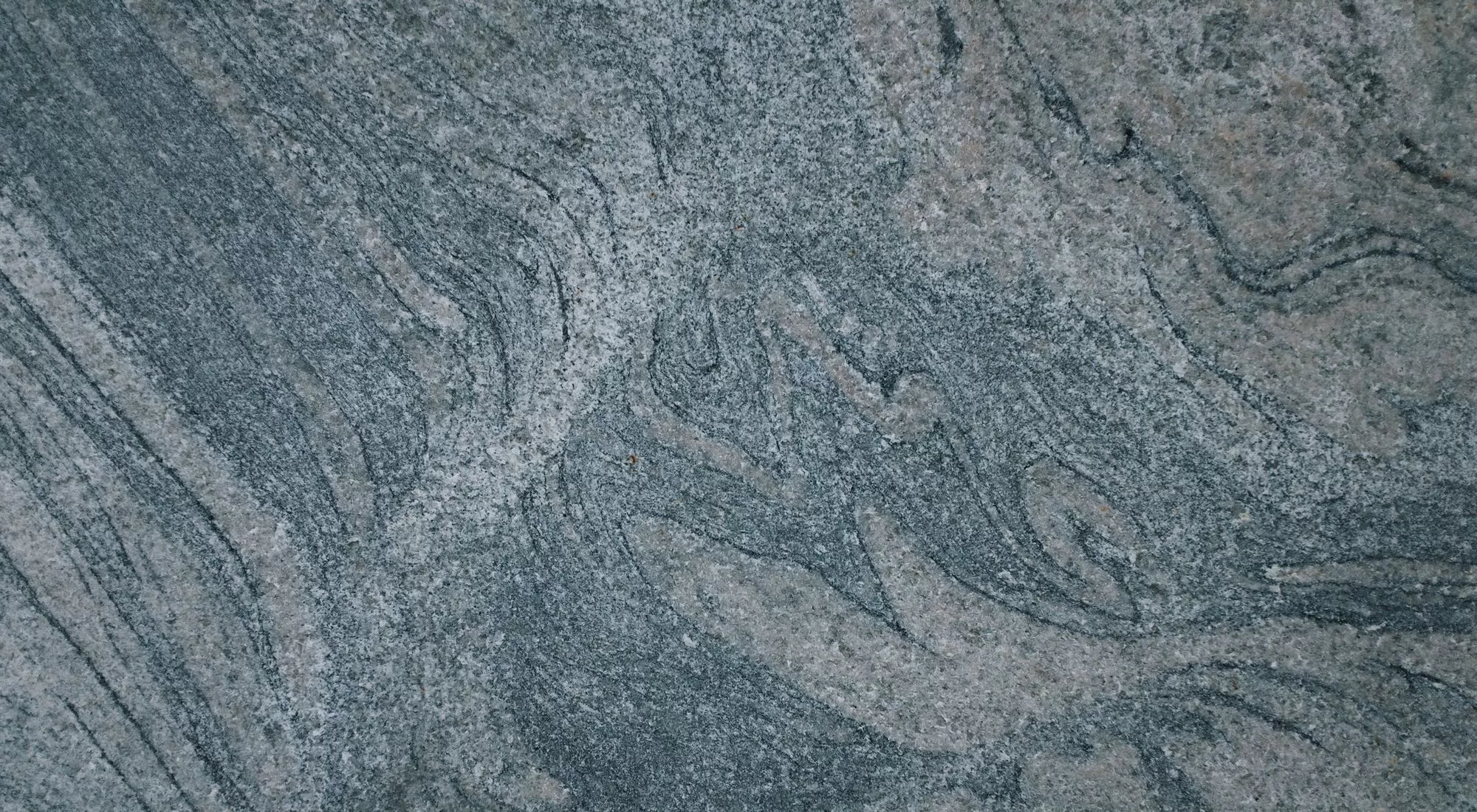What is the outlook for natural stone trades over the next decade?
Yann Le Bihan presents the conclusions of a study on the natural stone trades outlook: 4 major areas of development are expected for the industry.

The Rocalia show is the ideal place to discover the latest innovations in natural stone, but it is also the place where professionals can get a preview of the trends that will impact their daily work. Yann Le Bihan, head of the Stone Trades Teaching and Research Institute (Institut Supérieur de Recherche et de Formation aux Métiers de la Pierre), presented the conclusions of a study on the natural stone trades outlook at Rocalia 2023. What to expect: 4 major areas of development for the industry.
A roadmap to 2025 based on two studies
In early 2023, the Compagnons du Devoir launched a prospective study on the natural stone trades outlook with active participation of the entire industry, including: SNROC, RHONAPI, ROCAMAT, CTMNC, FFPPS, CAPEB, and the French Ministry of Education and Youth. This methodical approach enabled us to identify possible developments in the natural stone industry.
In parallel with this prospective study, a second study was carried out on the use of stereotomy in the 21st century. Specific levers were identified to support the envisaged 2035 scenario, thus opening up new avenues for development.

© Midnight Studio / Adobe Stock
Stereotomy, an ally in the development of the industry
The study on stereotomy provides indications for how to implement the results of the first study. It highlighted the need to reassign to stereotomy its original role, i.e. building in stone according to the available resources and land.
The use of stereotomy opens the way to a return to frugal use of stone resources to “build well, at a low cost” (Philibert Delorme, Architect, 1514 - 1570). A contemporary approach!
Area 1: Structuring the industry around operational projects in the regions
Setting up a monitoring body for the industry, assisting professionals to transform their offer, encouraging and supporting investment by extraction companies, which are all ways to structure the natural stone industry. Let’s not forget the need for regional and national reflection!
Yann Le Bihan mentions in particular the publication of a price chart for structures and stone, and books for stonework professionals.
Area 2: Promoting natural stone materials
Passing on skills, know-how and knowledge of materials will help to reintroduce natural stone in the heart of construction and renovation. It will also be important to mobilize related trades, and this could be done as part of a national educational and cross-disciplinary project. Yann Le Bihan cites the Défis du Bois and the Solar Decathlon as inspiring examples.
Area 3: Supporting schools and increasing training initiatives
The studies highlight the importance of working to ensure that stonework layout persons are recognized and on the cross-disciplinary nature of knowledge through professional training, but also stress the importance of learning stereotomy for use as a tool to respond to a current problem that is quite real.
Area 4: Developing R&D in reuse and composite construction
Finally, the industry needs to encourage the development of research in companies and on the hybridization of natural stone (with wood, steel, etc.). It must develop tools to analyze and evaluate stone structures and establish a classification of stone according to the use.
Methodology: the industry has identified 7 impact factors
To succeed in these areas of development, the natural stone industry mapped its impact factors and analyzed their evolution over the last 10 years, and at the same time identified the trends expected over the next 10 years:
- The market: the study points to a decline in the use of concrete, an increase in the use of stone in a similar manner to concrete or wood, and growth in the renovation market: ⅓ of the built heritage stock needs to be restored. Demand is rising for natural stone, which meets energy performance and sustainability objectives, and there is a need to develop short-channel services.
- Health and safety standardization and regulation: the industry is experiencing a general relaxing of regulations. At the same time, workplace safety and comfort are improving, which makes life easier for workers.
- Training: there is an increasing amount of training courses and workshops set up by different stakeholders (architects, stonemasons, engineers, etc.). Since masons are not tied to a single material, they enjoy a great amount of freedom: they need to be convinced to incorporate natural stone into their work!
- Tools, know-how and R&D: design offices are embracing natural stone-related subjects.
- The environmental issues and impacts: the role of materials is becoming strategic and the importance of environmental and health declaration sheets (EHDS) to prove the good characteristics of materials is growing. The climate crisis is accelerating this process, and life-cycle analyses (LCAs) are becoming increasingly universal.
- The image of natural stone trades: the industry is modernizing and the flow of apprentices, attracted by trades that “make sense”, is increasing significantly. This aspect should be reinforced to meet manpower needs.
- The industry: a willingness to collaborate has led to the creation of an inter-industry group. A joint approach by the various unions will help to restructure the value chain and define the future of the industry.
The natural stone trades outlook will be shaped by a strategic approach based on stereotomy, the promotion of stone, additional training, and research development. And, of course, cultivating collective intelligence. “Together, we can go further”, and the natural stone industry fully understands that!




